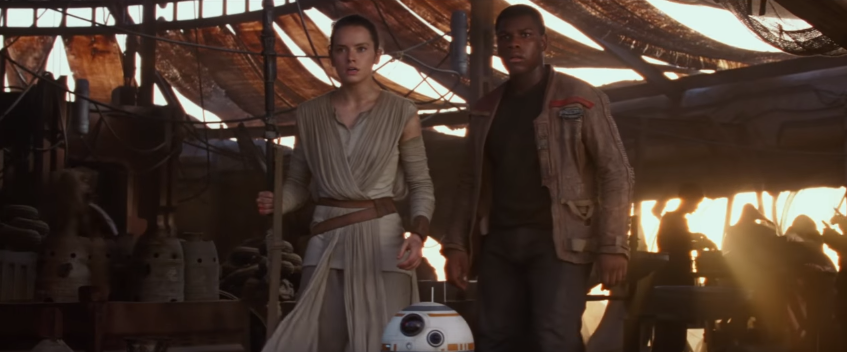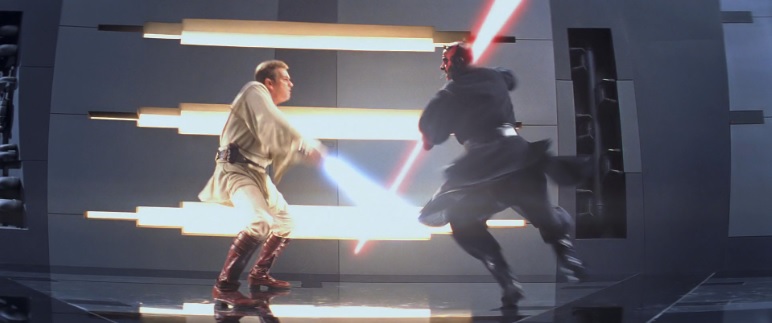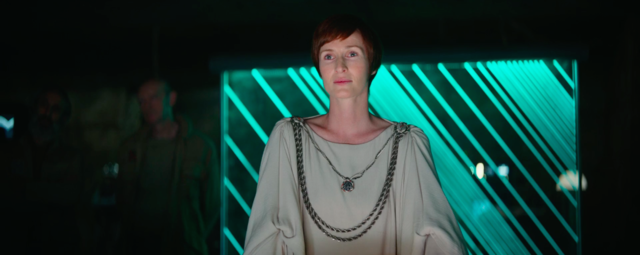![9781484705667[1]](http://eleven-thirtyeight.com/wp-content/uploads/2016/10/97814847056671-298x450.jpg) The chatter around Ahsoka has been very interesting, and expectations are high for a novel about a popular character who exited two TV series with fans clamoring for more. We’ve seen folks wonder if the novel will bridge the whole 15 years between The Clone Wars and Star Wars Rebels, or whether the novel will address issues like Ahsoka’s romantic inclinations or position on the Force’s duality (or lack thereof). Folks have wondered whether the novel would revive yet-to-be-made episode arcs from the cancelled TCW. We’ve even seen people wondering if Ahsoka will have something for readers uninterested in Ahsoka as a character. These are interesting questions and interesting expectations, but they’re to be expected when the star of the novel is no less a figure than the apprentice of Anakin Skywalker and a survivor of a galaxy-shattering conflict. Folks might come to expect a story on as large a canvas as The Clone Wars, with stakes just as high. That’s what the character Ahsoka deserves, right?
The chatter around Ahsoka has been very interesting, and expectations are high for a novel about a popular character who exited two TV series with fans clamoring for more. We’ve seen folks wonder if the novel will bridge the whole 15 years between The Clone Wars and Star Wars Rebels, or whether the novel will address issues like Ahsoka’s romantic inclinations or position on the Force’s duality (or lack thereof). Folks have wondered whether the novel would revive yet-to-be-made episode arcs from the cancelled TCW. We’ve even seen people wondering if Ahsoka will have something for readers uninterested in Ahsoka as a character. These are interesting questions and interesting expectations, but they’re to be expected when the star of the novel is no less a figure than the apprentice of Anakin Skywalker and a survivor of a galaxy-shattering conflict. Folks might come to expect a story on as large a canvas as The Clone Wars, with stakes just as high. That’s what the character Ahsoka deserves, right?
Ahsoka certainly deserves a story worthy of her, but it’s not just for her character’s stature in the universe. It’s what she means and represents to people. That’s what turned us around on a character we initially thought was annoying in TCW: we saw how much people responded to her, how she brought fans into the fandom, and how she grew as a character while taking her fans on the journey with her. A character whose return to Star Wars animation spawned a joyous hashtag and a Star Wars Celebration event deserves a story worthy of her, and that’s what she got. It’s not a story where she’s just a small piece of a larger conflict, but at the same time: it is. The scope of the story is close, intimate – the events might seem small scale, but they’re not. See, Ahsoka deserved and got a story all about her journey: her journey after the Clone Wars, but before the Galactic Civil War. It’s a small slice out of her life, and the events covered are a small slice of the galaxy. But they’re events deeply significant to her, and it turns out that she’s deeply significant to what happens in the galaxy. As is right and proper.
Ahsoka doesn’t attempt to tell the full sweep of time between ROTS and Rebels. EK Johnston keeps the focus tight on Ahsoka and the players in her immediate story. But Ahsoka’s been through a lot, has seen a lot, and the galaxy is still going through a lot. We see how the end of the Jedi and the rise of the Republic affects her, but we also see the perspective of a Jedi veteran of the Clone Wars – a veteran at too young an age – and how the changes the war wrought on the galaxy differ from what once was. Ahsoka goes through some changes too, and while it seems the stakes are small-scale – what she does is anything but small. By the time we see her in Star Wars Rebels, she’s the Fulcrum of a rebel movement and her small acts of kindness in these early days ripple into large waves by the time of the original trilogy.




